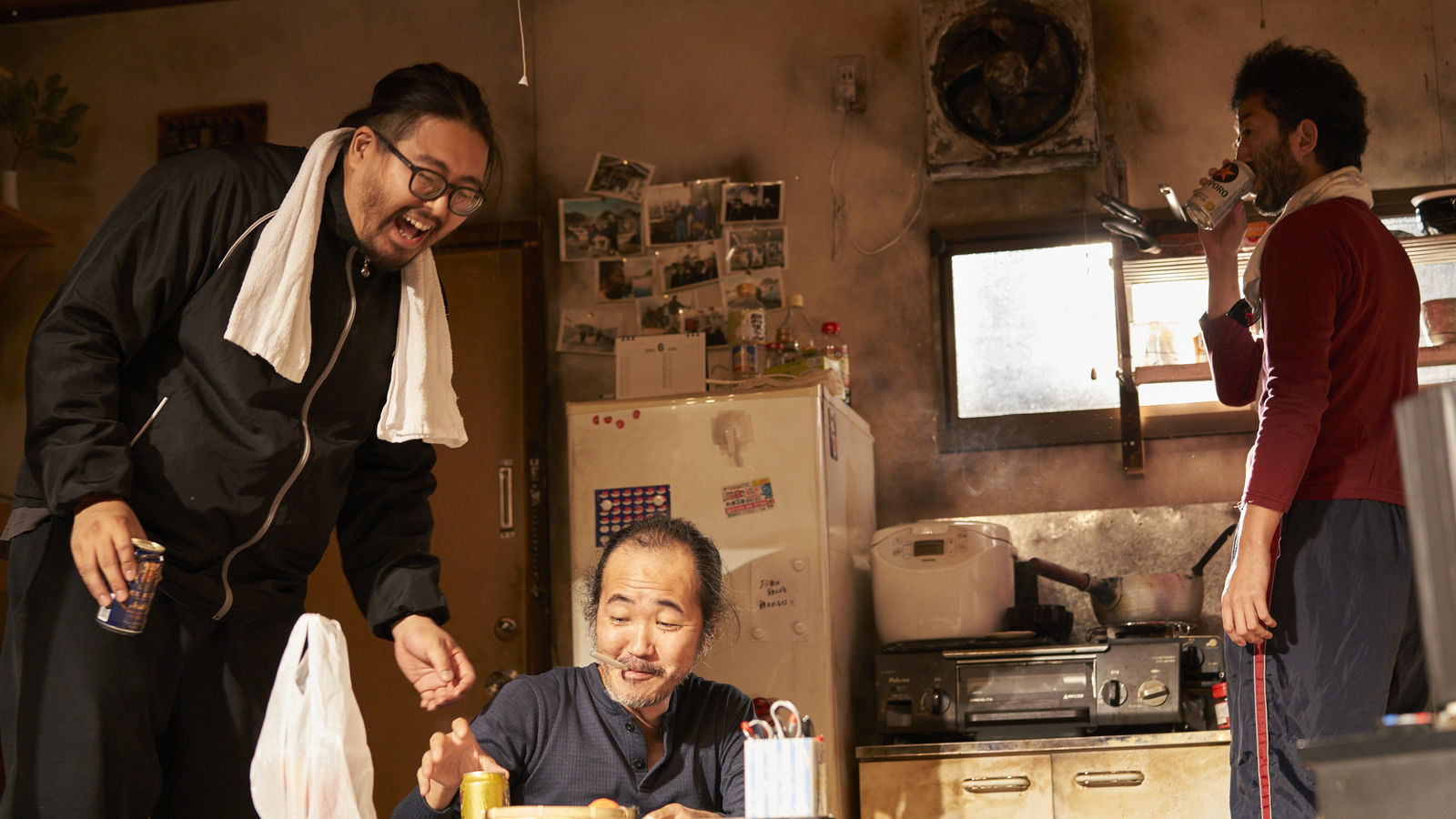
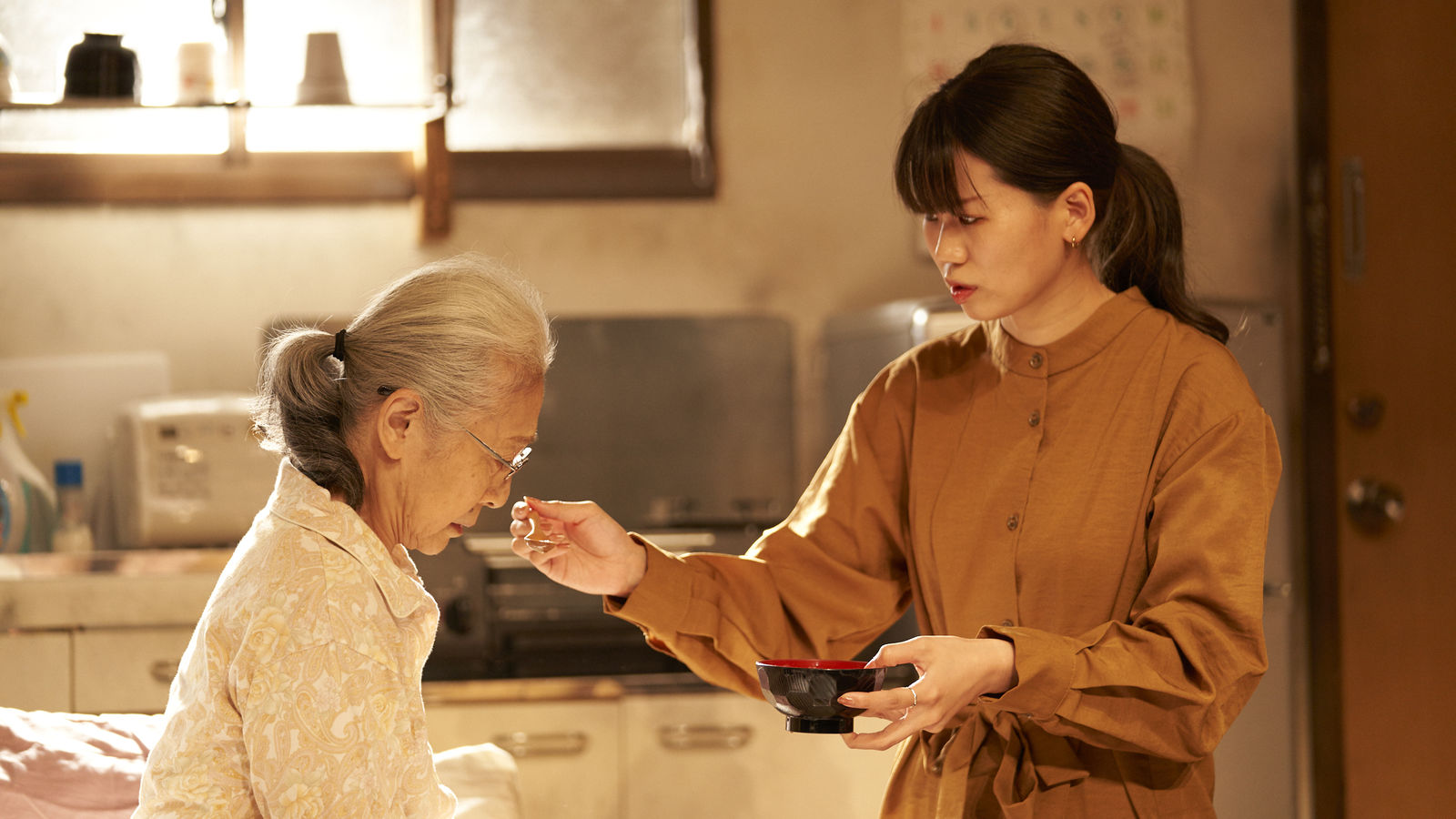
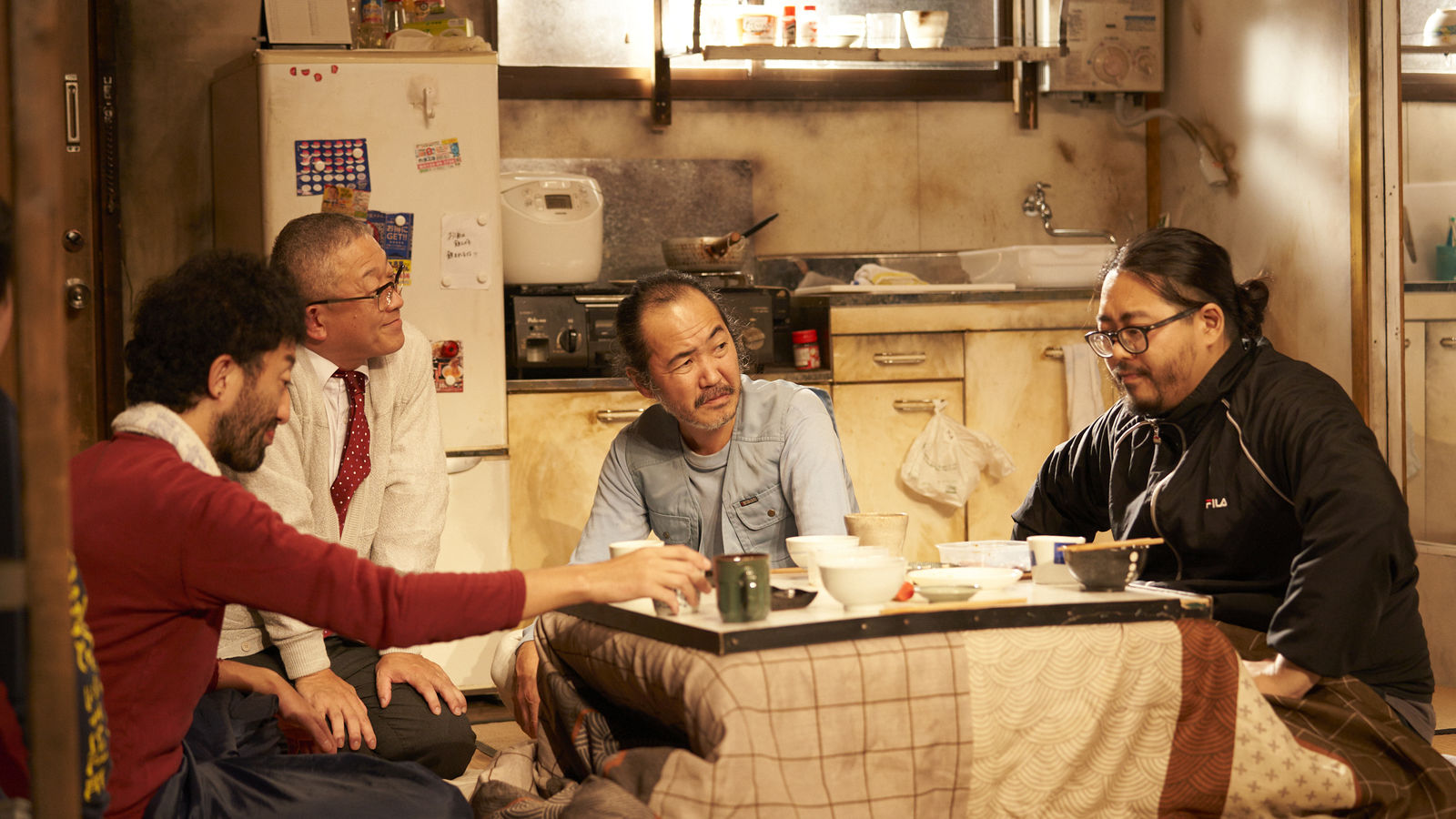
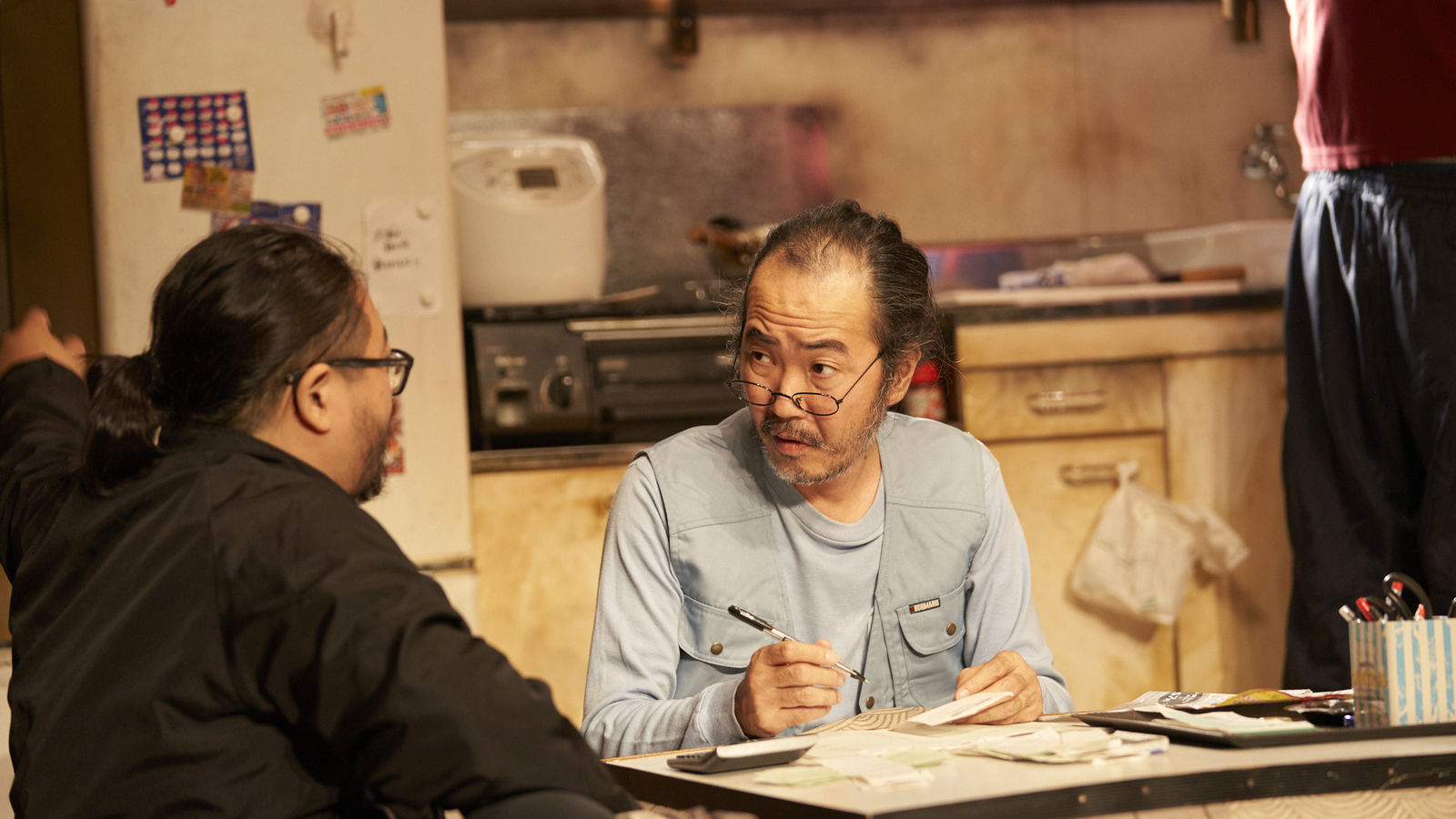
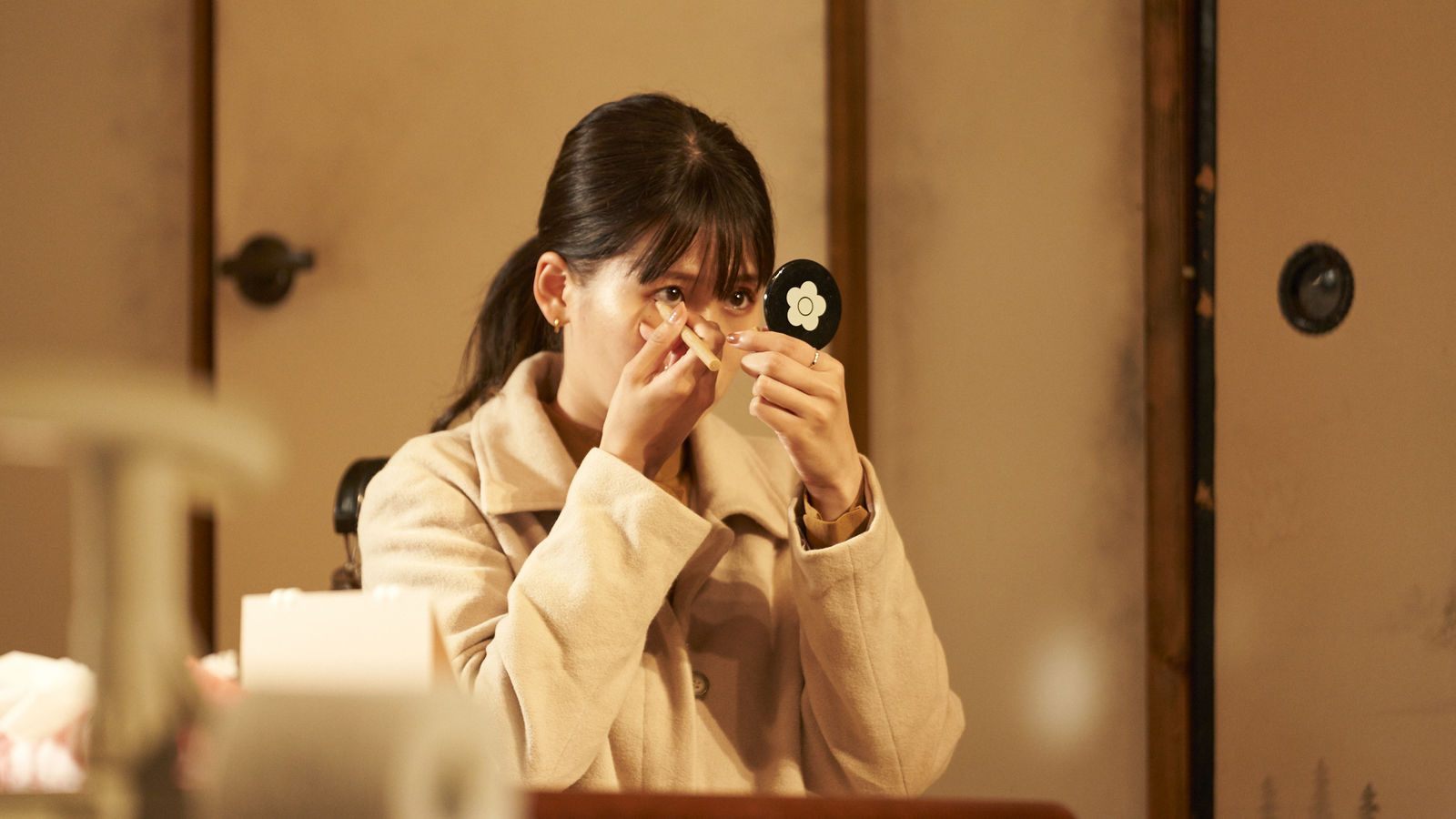
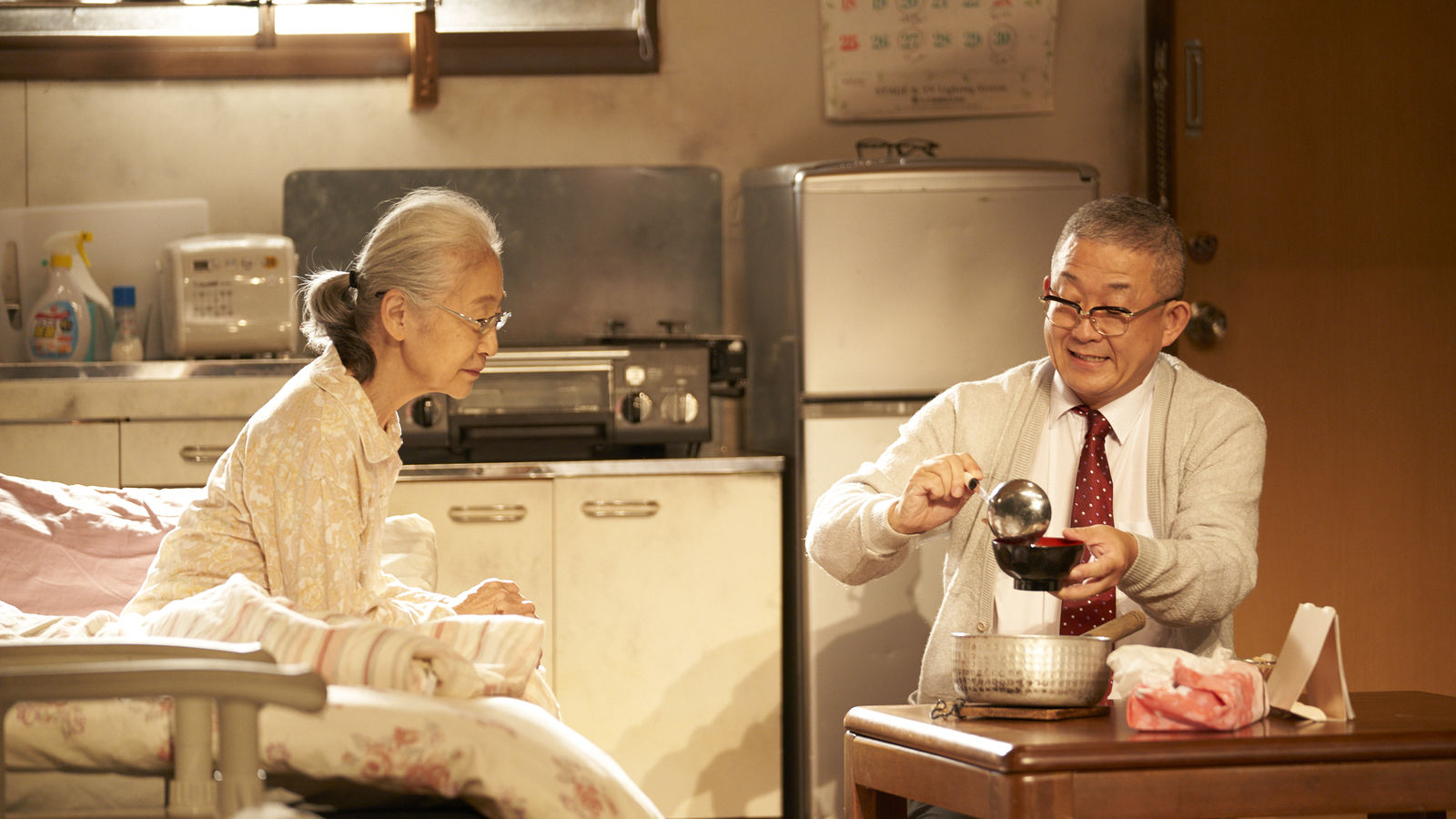
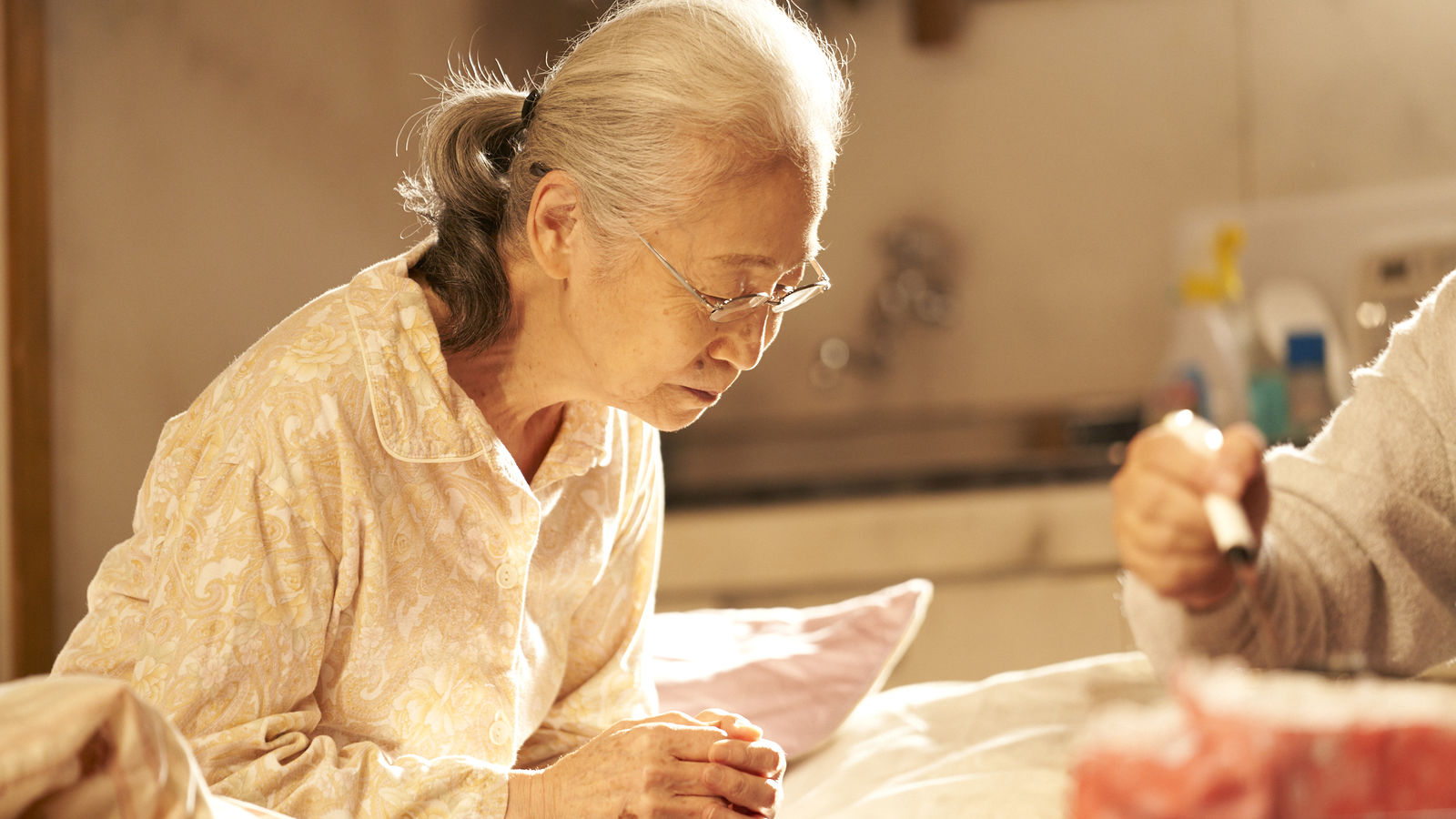
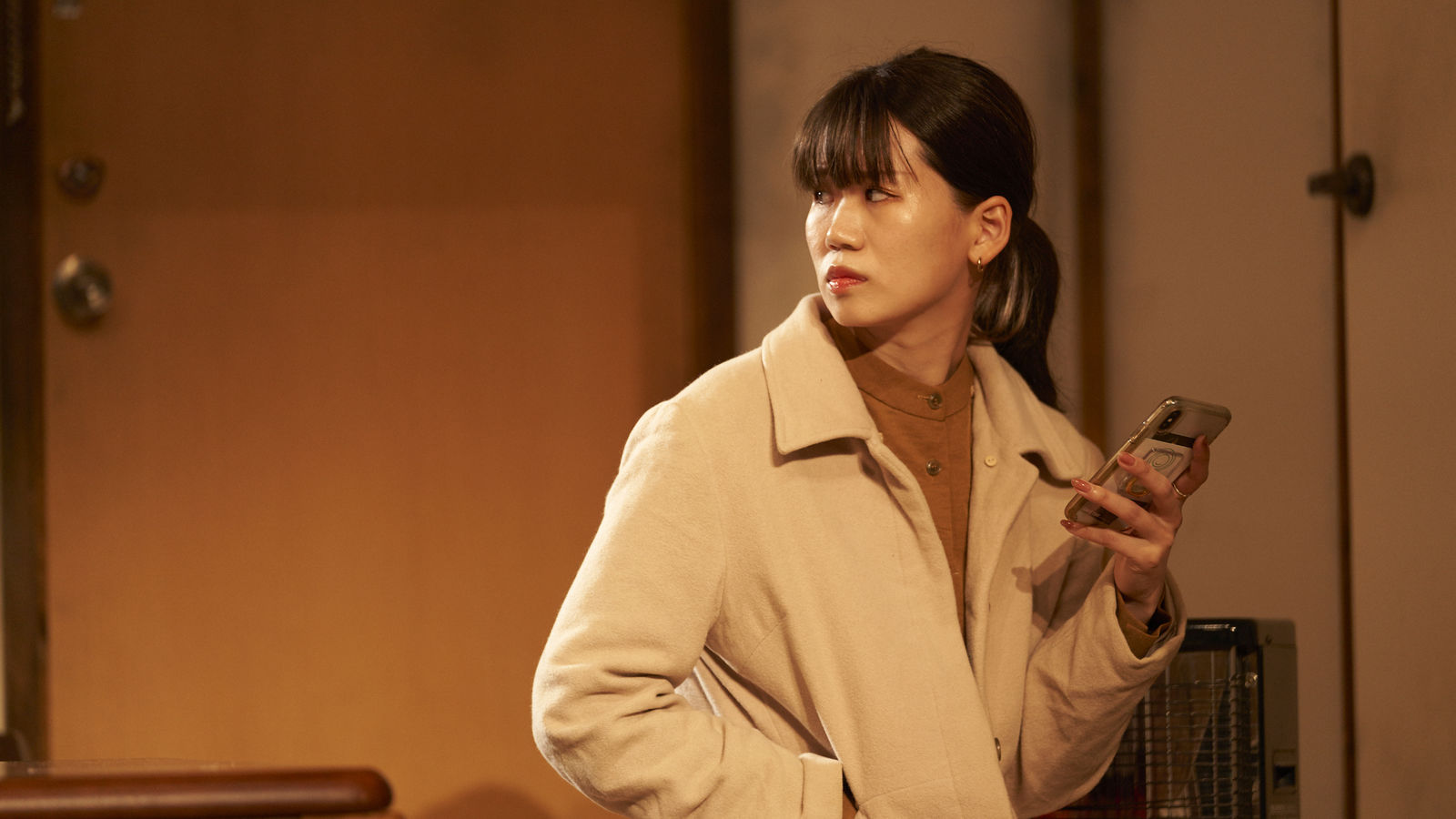
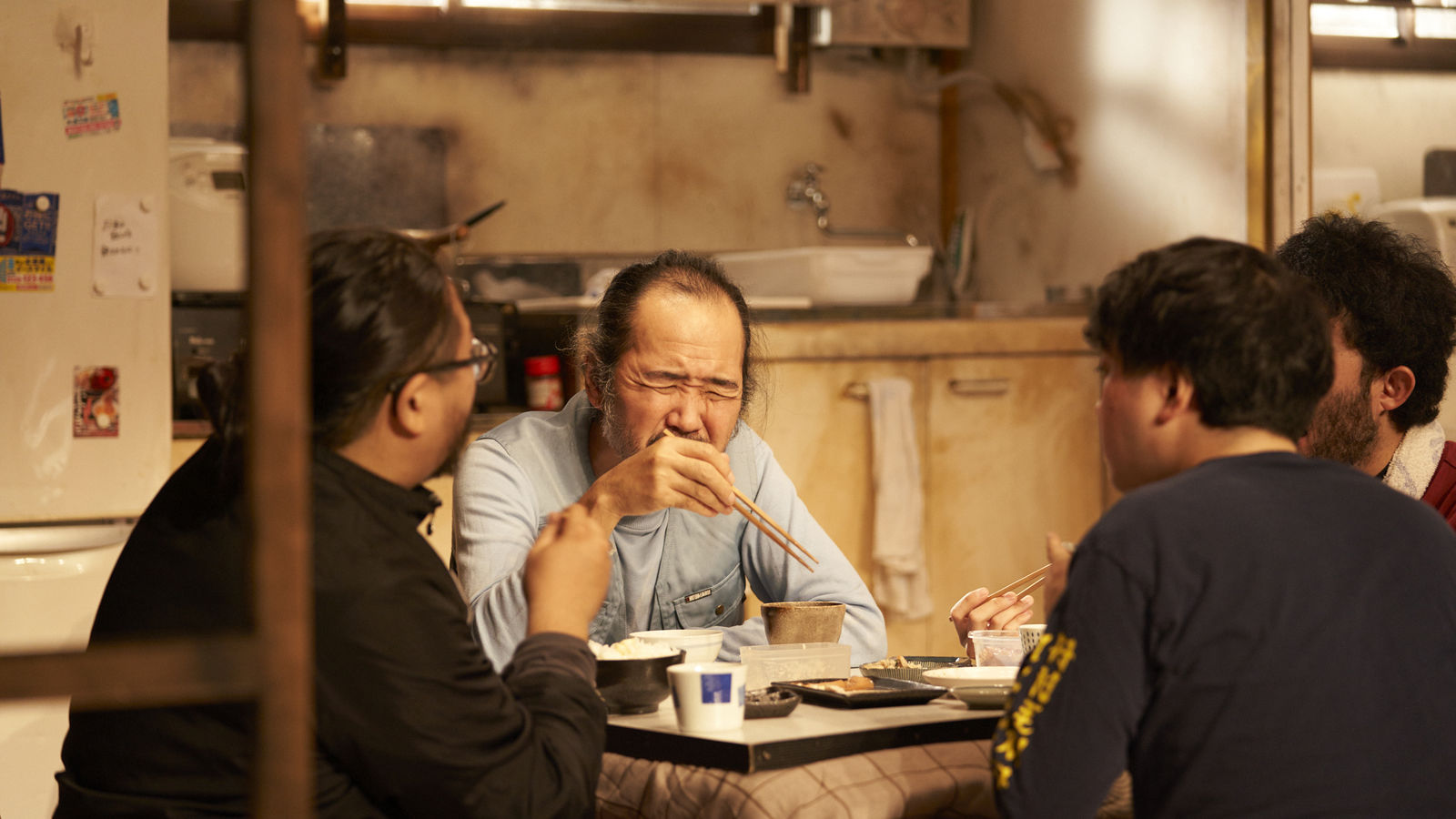
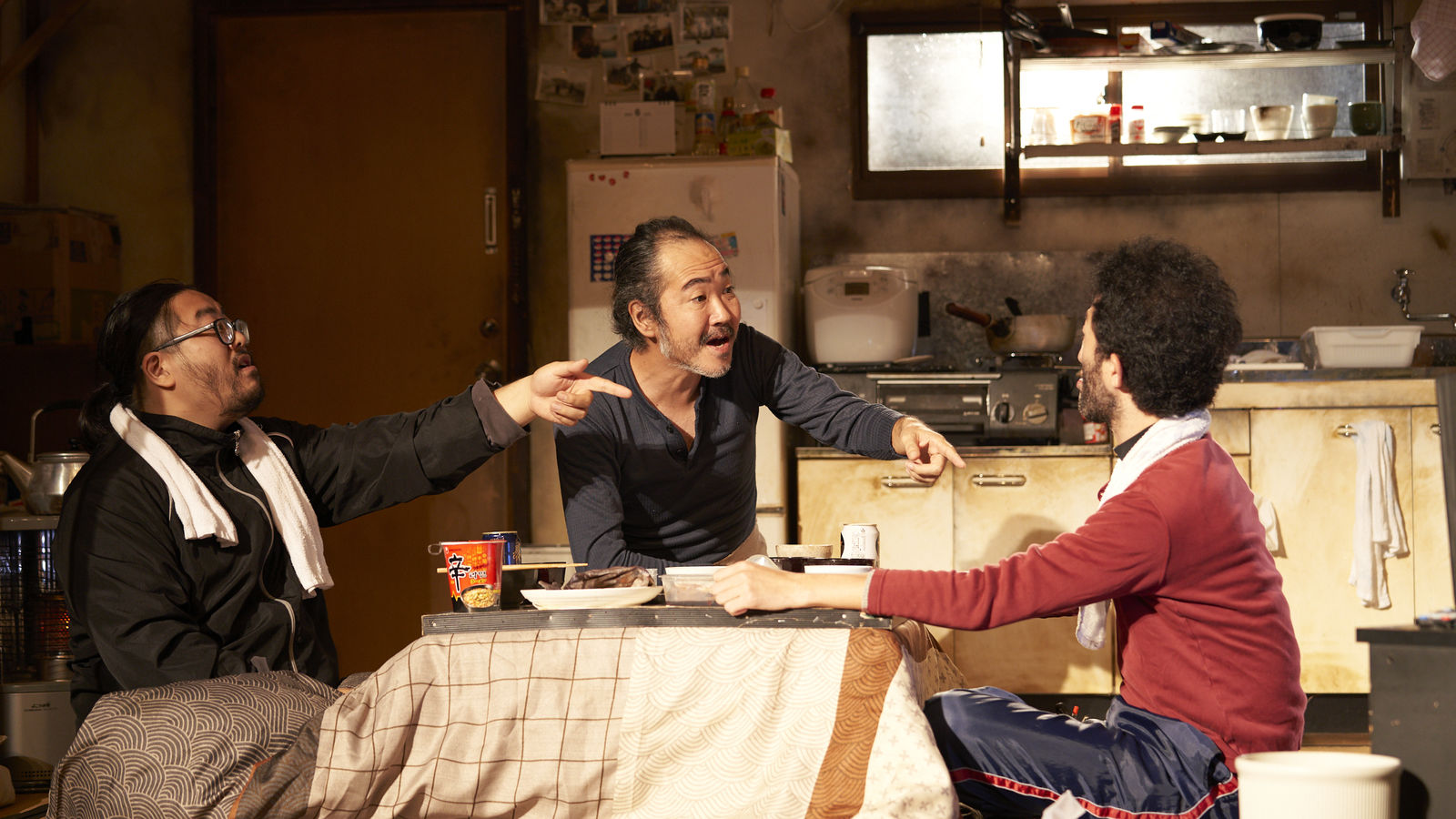
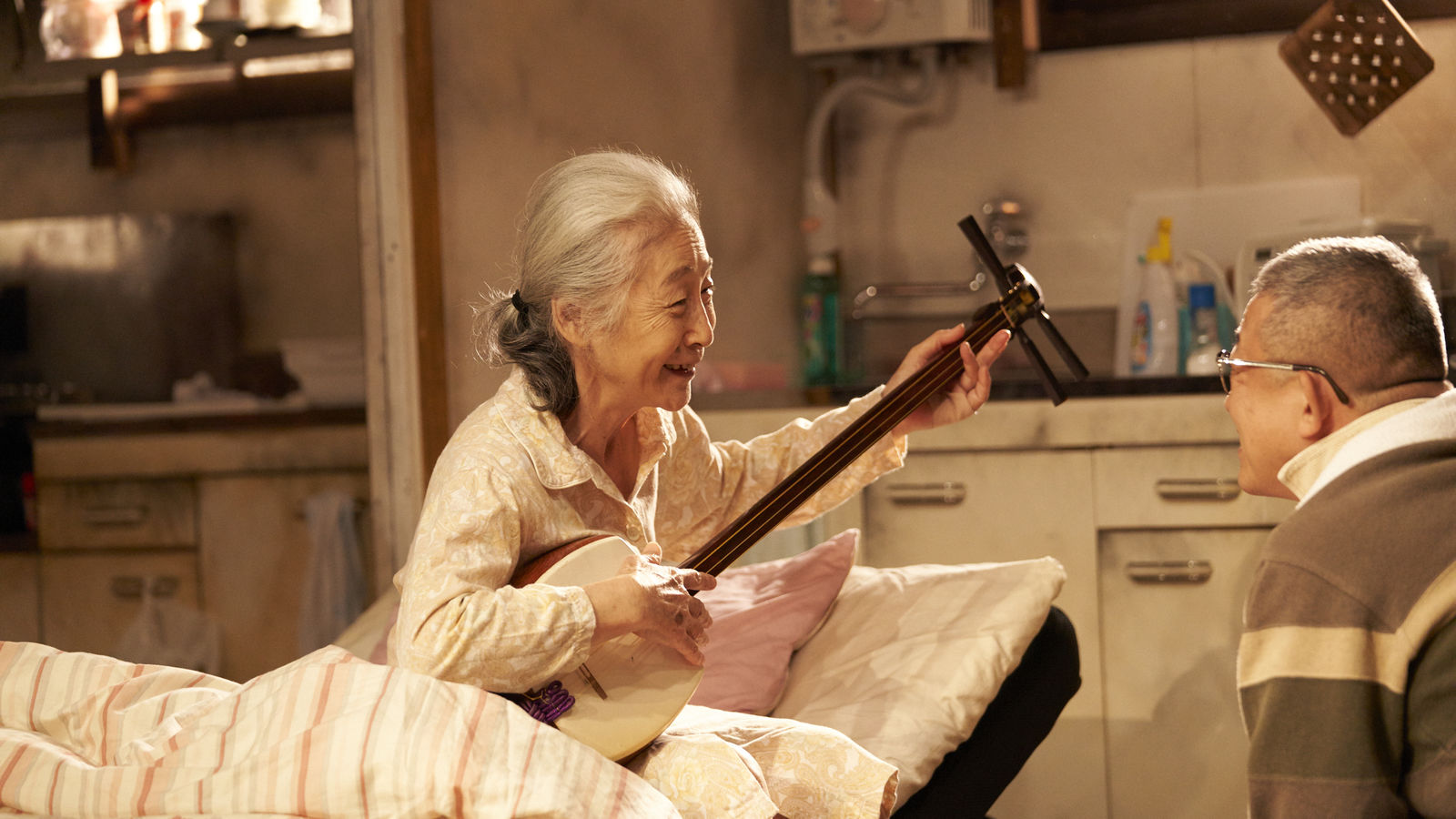
FIND 2023
Kuro Tanino at the Sea’s Edge
»Fortress of Smiles» at the Schaubühne’s 2023 FIND Festival
by Joseph Pearson
12 April 2023
The coast of the Sea of Japan is a mountainous region; enormous peaks are visible from the water’s edge; in places, they come up close to the shoreline. Only in 2015 were the regional cities of Kanazawa and Toyama connected by Shinkansen, or high-speed rail, to the capital. Now, the enormous swells of the sea, and its fishing villages, can be quickly passed over from the comfort of an immaculate train cabin, as I am doing as I write up this preview. Despite the futuristic infrastructure, the region still feels much more isolated and less connected to commerce and consumerism than the metropolises of Osaka and Tokyo. Young people for years have gone to the cities leaving the elderly behind, and communities depopulated. It is the distance between the capital and the province that is in the fabric of Kuro Tanino’s 笑顔の砦 (»Fortress of Smiles»). The director is, in fact, from Toyama, and the piece he brings to FIND 2013 describes a small community along this seascape.
Tanino tells me, »I wanted to depict the anguish and joy different from those of a big city.
I wanted to express those small, modest, and often overlooked moments with a sense of beauty.
The scenery of Toyama, where I spent my childhood, is a thriving fishing area facing the sea. I also grew up not far from the ocean and experienced a simple way of life. I believe that my particular sensitivity towards time was refined and sharpened through my experience of leaving my rural hometown of Toyama at a young age and living alone in the intense metropolis of Shibuya«.
This commentary between urban and rural Japan is recurrent in his work. In »Avidya, No Lights Inn« (2015), for example, which played at the Festival d’Automne in Paris in 2018, the drama centres on Tokyo visitors to a countryside hotel. Since he has mentioned that his studio is in one of the busiest places in his country (Shibuya, Tokyo), I cannot help but wonder how personal his commentary might be.
»There are joys in the countryside that do not exist, nor can be realised in large cities«, he replies, »That is: to intuit abundant nature in your day-to-day life and feel that you as a human being are part of it. This unassuming sense of value brings about a transformation of time in the theatre space«.
Since I am visiting Japan, I want to know how the local context influences relationships in his play. Tanino has already told me that there are culturally specific elements to the production, such as the »sense of distance between people« that he finds unique: »It is a very Japanese thing to estimate the distance between individuals in terms of family relationships, friendships, colleagues at work, age, gender, and all other factors«. So, I formulate my question as follows: how does his work fits within the Japanese tradition, traditional and contemporary? Perhaps he does not even think of his theatre-making in these terms––
»I’ve never thought about it«, Tanino replies, »And there is a reason for that. It is because I am also in the constant process of trying to change my style. You can also call it an intrinsic impulse towards self-destruction. I do not want to define myself, and neither do I want to define my work. This way, at least, I can avoid hating myself. However, it is also true that an indestructible »Japan« exists within me at the level of subconsciousness or DNA. I won’t deny or argue against that, but I also won’t spend time analysing it…«
I ask, »Could you, then, tell us about the origin of the idea for this theatre piece?«
Tanino wanted to depict a certain kind of elderly man, or »ossan« in Japanese: »A person that is irresponsible, selfish, cannot update himself morally or ethically, is not fit for society, and not interested in community or the world. Someone who’d easily be ignored and turned away by the younger generation. A »miserable old man« in Japanese society, who is considered of no use. Who would pay any attention to such »old men«? I would. And I took them as the theme«.
I ask how he handles the actors who portray these roles, and he continues, now with a laugh, that he directs them like »cultivating a bonsai tree… it’s about trusting the power of nature, and waiting. It is about limiting pruning, that is: directing, but to a minimum«. He continues that as a playwright he often needs to keep his fixation on certain aspects of the direction, or what he calls »obsessiveness«, in check. »This obsession or fixation creates all sorts of problems during rehearsals. The idea of »growing a bonsai tree«––that I must trust nature and wait, and keep directing to the minimum––is something I constantly remind myself to avoid these problems«.
»And what about your title, »Fortress of Smiles«?«, I ask.
The director replies that the society he depicts is isolated, typified by the intimacies of day-to-day life: »I wanted to express my wish to protect, to safeguard that small community from outside pressures«.
The play’s action unfolds in two houses in a rural community. In one are boisterous fisherman; in another is an old lady in mental decline, supported by her family, including a granddaughter who has arrived reluctantly from the city. Tanino comes from a family background in psychiatry and studied and practised the profession.
»My background as a psychiatrist has undoubtedly influenced this piece in numerous ways. But I have never looked into anyone’s spirit through an analytical lens. I simply do not believe that human complexity is anything that can be analysed. I do not approach dementia from a medical perspective either. All the phrases spoken by the elderly woman affected by dementia in this production are things my grandmother said. Observing the conversation between my mother and my grandmother affected by dementia had a significant influence on this production«.
On set, the two adjacent houses are designed in a highly detailed manner, like paintings or tableaux. Tanino’s works are well-known for their set design––he sent me drawings for his sets and props, which you can see below. The scenographer, Takuya Kamiike, who also lives in a countryside town facing the sea, found many of the props during his trips to fishing ports. Some material is converted from scrap wood, and the Fusuma, or the sliding doors made of wood and paper, and tatami mats, were obtained from abandoned houses.
Within these spaces are depicted the lives of ordinary people, but as Tanino tells me he both embraces and rejects naturalism: »I try to maintain a balance so that no expression is overly biased. And this judgement is not based on right or wrong, good or evil. Rather, it is based on whether there is humour, whether there is something you can laugh about. It is true that there is a part of me that draws on, and part of me that rejects, naturalism, but I perceive this as/with humour. That, I think, stems from my intrinsic impulse towards self-destruction«.
With translations from Japanese by Aki Naito, with thanks.
笑顔の砦 (Fortress of Smiles)
(Tokyo)
by Kuro Tanino
Director: Kuro Tanino
Stage A
Premiered on 22 April 2023
Pearson’s Preview
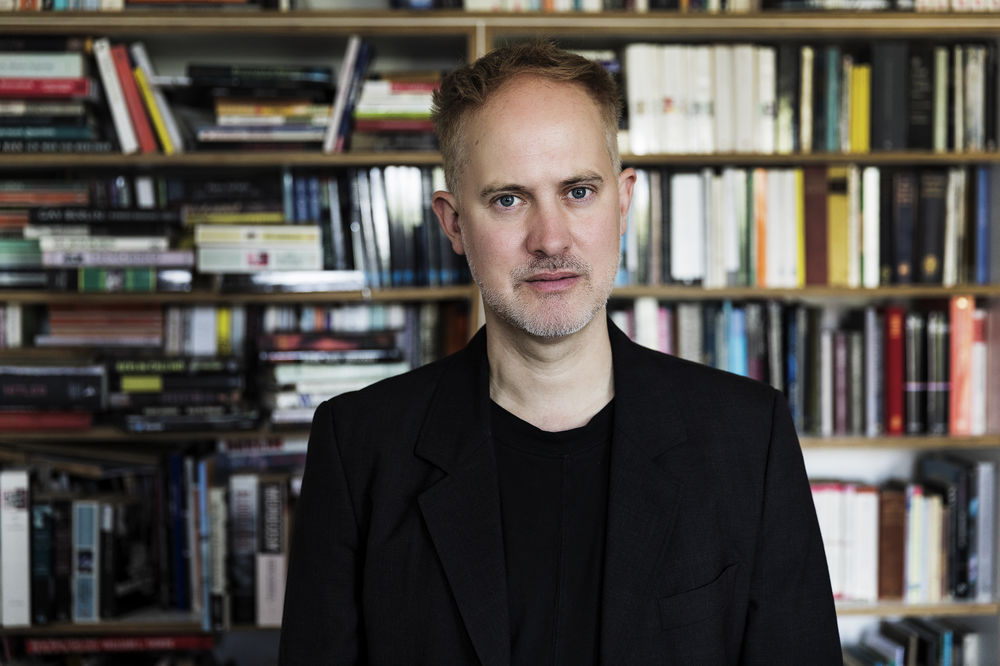
Archive
April 2023
FIND 2023
Nostalgic, Not Sentimental
The Wooster Group as »Artist in Focus« at the Schaubühne
April 2023
FIND 2023
Kuro Tanino at the Sea’s Edge
»Fortress of Smiles» at the Schaubühne’s 2023 FIND Festival
| Page 1 of 10 pages |
